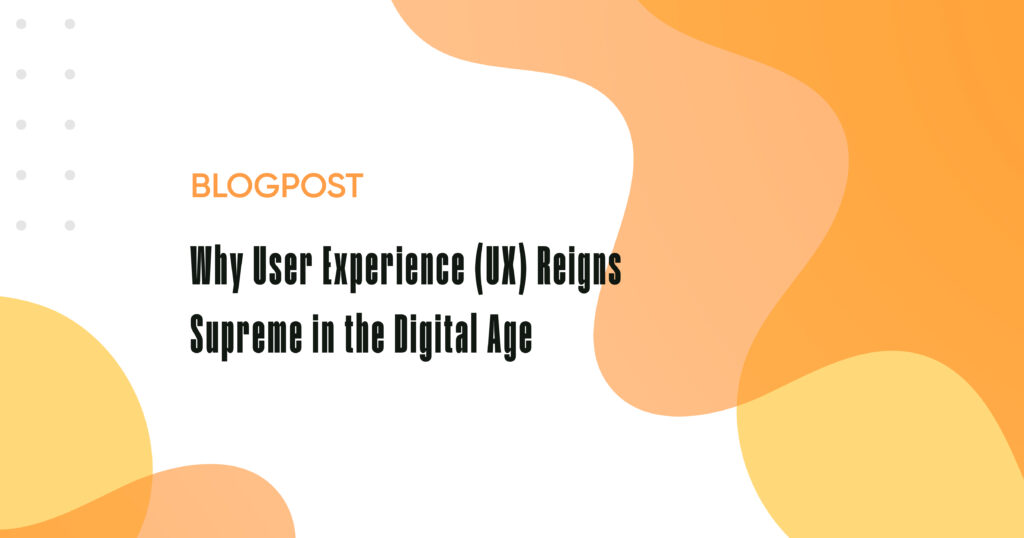In the ever-competitive digital landscape, crafting a landing page that compels visitors to take action can feel like an uphill battle. You’ve poured your heart and soul into your product or service, but translating that passion into conversions requires understanding the intricate dance between information and human psychology.
This blog post delves into the fascinating world of user behavior, exploring the psychological triggers that influence decision-making and how you can leverage them to create high-converting landing pages. Buckle up, as we embark on a 5000-word journey to unlock the secrets that lie beneath the surface of user clicks.
Understanding the Psychology of User Behavior
Before we dive into specific tactics, let’s establish a foundational understanding of the psychological forces shaping user behavior on landing pages.
- Attention & First Impressions: The human attention span is notoriously short, especially in the digital age. According to studies, you have a mere 8 seconds to grab a visitor’s attention and make a positive first impression on your landing page [Source: NNGroup]. This emphasizes the importance of clear, concise messaging and captivating visuals that instantly communicate your value proposition.
- Scanning & the F-Pattern: People don’t meticulously read landing pages; they scan them. Heatmaps reveal a distinct “F-pattern” where users focus their attention on the top left corner, then move their eyes in a zig-zag pattern down the left side of the page [Source: Nielsen Norman Group]. Understanding this pattern allows you to strategically place your most critical information—headlines, CTAs, key benefits—within the user’s natural eye path.
- Navigation Patterns: Users have ingrained expectations about website navigation. Place your navigation bar in a familiar location (typically at the top) and ensure clear labeling for buttons and links. This creates a sense of cognitive ease, allowing users to navigate your landing page intuitively and focus on your message.
The Power of Emotional Triggers on Landing Pages
Logic may reign supreme in our self-perception, but emotions are the secret puppeteers of human behavior. Landing pages that tap into core emotions like happiness, security, fear of missing out (FOMO), and the desire for belonging can significantly boost conversions. Here’s how:
- Understanding User Pain Points: People are inherently problem-solvers. By addressing their pain points and anxieties, you establish yourself as a trusted guide. Frame your landing page content around the problems your product or service solves, using empathetic language and visuals that resonate with user frustrations.
- Evoking Positive Emotions: Positive emotions like happiness, excitement, and inspiration can motivate action. Use visuals that evoke these emotions, such as smiling faces, vibrant colors, or images depicting the desired outcome of using your product.
- Harnessing FOMO (Fear of Missing Out): The fear of missing out can be a powerful motivator. Highlight limited-time offers, showcase social proof (testimonials, reviews), or display statistics on how many people have already benefited from your product to create a sense of urgency and exclusivity.
Leveraging Social Proof for Increased Conversions
Social proof is a psychological phenomenon where people conform to the actions of others they perceive as similar to themselves. In simpler terms, people are more likely to trust and take action if they see others doing the same. Here are ways to leverage social proof on your landing pages:
- Customer Testimonials: Showcase positive testimonials from satisfied customers. Testimonials build trust and credibility, demonstrating the value your product or service delivers to real people.
- Customer Reviews: Reviews provide a broader spectrum of user experiences, both positive and negative. While negative reviews shouldn’t be ignored, addressing them thoughtfully can actually strengthen your credibility.
- User-Generated Content: Encourage user-generated content (UGC) by hosting contests or prompting users to share their experiences with your product. UGC feels more authentic than traditional marketing materials and fosters a sense of community.
- Social Media Proof: Integrate social media share buttons or showcase the number of followers you have on various platforms. This demonstrates social validation and encourages visitors to engage with your brand on social media.
The Importance of Scarcity and Urgency in Driving Action
Scarcity and urgency are powerful psychological triggers that capitalize on our innate fear of missing out. By creating a sense of limited availability or time-sensitive offers, you can motivate users to act quickly to avoid potential loss. Whether it’s a limited-time discount, a countdown timer, or a stock availability indicator, incorporating elements of scarcity and urgency can create a sense of urgency and drive conversions. By tapping into users’ fear of missing out on a great deal or opportunity, you can create a sense of urgency that compels them to take immediate action, whether it’s making a purchase, signing up for a newsletter, or downloading a resource. By strategically leveraging scarcity and urgency, you can create a sense of urgency and drive conversions on your landing pages, ultimately maximizing their effectiveness and driving business growth.
Building Trust Through Authority and Credibility
Trust is the foundation of any successful relationship, including the relationship between a brand and its customers. To establish trust on your landing pages, you need to demonstrate authority and credibility in your field. This can be achieved through various means, such as displaying industry certifications, featuring endorsements from reputable sources, or showcasing relevant awards and accolades. By positioning yourself as a trusted authority, you can alleviate users’ concerns and build confidence in your offerings. Additionally, providing transparent and honest information, such as pricing details, return policies, and customer support options, can further strengthen trust and credibility. By building trust through authority and credibility, you can create a positive perception of your brand and inspire confidence in your products or services, ultimately driving conversions and fostering long-term customer relationships.
Testing and Optimizing Your Landing Pages for Maximum Conversion Rates
Creating high-converting landing pages is an iterative process that requires continuous testing and optimization. By leveraging tools such as A/B testing, heat mapping, and user feedback, you can gain valuable insights into user behavior and preferences. Experimenting with different layouts, headlines, calls-to-action, and other elements can help you identify what resonates most with your audience and drives the highest conversion rates. By analyzing data and making data-driven decisions, you can refine your landing pages to maximize their effectiveness and achieve your marketing objectives. Additionally, staying informed about industry trends and best practices can help you stay ahead of the curve and ensure your landing pages remain relevant and impactful. By continually testing and optimizing your landing pages, you can adapt to changing user preferences and market dynamics, ultimately driving higher conversion rates and achieving greater success in your digital marketing efforts.
Conclusion: Harnessing Psychological Triggers for High-Converting Landing Pages
In conclusion, understanding the psychological triggers that influence user behavior is essential for creating landing pages that drive conversions. By tapping into emotions, leveraging social proof, creating a sense of urgency, and building trust through authority and credibility, you can create landing pages that resonate with your audience and inspire action. Additionally, by testing and optimizing your landing pages continuously, you can ensure they remain effective and aligned with your marketing goals. By harnessing the power of psychological triggers, you can unlock the full potential of your landing pages and achieve remarkable results in your digital marketing efforts.


